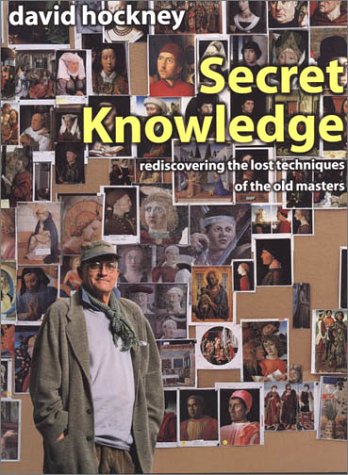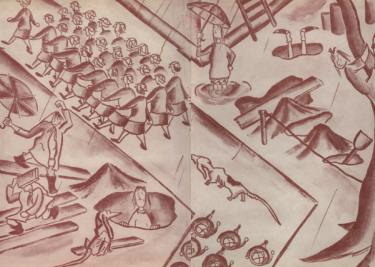I was doing the job search thing all morning, doctor’s appointment this afternoon (My doctor was from San Antonio, and he assured me that we would have an excellent time in Austin–the signs continue…), and the reference desk this evening. I have nothing to new to post–only these nuggets of wisdom I’ve gleaned from the corners of the internet:
Maureen McHugh, Ohioan-turned-Austinite, on characterization & plot :
My working definition of plot is character in situation. That’s a dicey definition because I think ‘characterization’ can rest of the flimsiest of textual tricks. A lot of what we think of as characterization comes from what cognitive psychologists call Theory of Mind. (That’s part of what autistic people struggle with and to not have a Theory of Mind is to be Mindblind.) Humans are highly social creatures and we spend a lot of time assuming that other people are, in fact, other people. That they have intentionality, emotion, and that we have a sense of what they are about….
We are so hardwired to make assumptions about other people’s interior states, that we make assumptions about all sorts of interior states. We personify stuff. We describe houses as ‘happy’ or ‘gloomy’. We think that the grocery cart has it in for our car door. We think that characters in fiction are people. We can leap to rather complex assumptions about them on the basis of fairly flimsy details. The details that we find most telling tend to be their actions. So in fact, part of character is what I describe them doing, and if I think of situation and describe characters acting in the situation, I am in fact characterizing as much as I am generating plot.”
* * *
More on plot, sent to me by Brandon, from John Fowles’, The French Lieutenant’s Woman, pg. 406:
The one want combats the other want, and fails or succeeds, as the actuality may be…the writer puts the conflicting wants in the ring and then describes the fight — but in fact fixes the fight, letting that want he himself favors win. And we judge writers of fiction both by the skill they show in fixing the fights (in other words, in persuading us that they were not fixed) andby the kind of fighter they fix in favor of: the good one, the tragic one, the evil one, the funny one, and so on.
“But the chief argument for fight-fixing is to show one’s readers that one thinks of the world around one — whether one is a pessimist, an optimist, what you will.”
* * *
Jordan Crane on splash pages and uniform panel size in an interview with Tom Spurgeon:
I feel like having each panel the same size and the same number on the page, the same spacing and all that, kind of relegates the story to everything that happens inside the panels. The sensational things, the high points and the low points, and the extra dramatics rely on the narrative flow rather than drawing it bigger. So that’s what I tried to focus on: the content of the panels rather than drawing it really big, relying on that. That had always really bothered me in comics. Splash page: this means it matters. This part is important. It always really bugged me….
Oh, God, reading modern superhero comics, none of it makes any fucking sense. It’s not a language. It’s just a bunch of drawings where you can read the words and string it together narratively and get through it. But there’s no language, there’s no punctuation, there’s nothing that makes formal sense about it.
It’s worth noting that Sammy Harkham, Crane’s studio mate, makes similar arguments.
* * *
Tony Millionaire on cartooning and deadlines, from a fantastic profile in the NYTimes
No matter what, I’ve got to get my weekly ‘Maakies’ out….That’s my soul. Without it I’d still be a bum, I’d still be drawing houses. I needed a deadline. That’s the code of the cartoonist: make the deadline.”
* * *
And finally, be sure to check out Craig Thompson’s gorgeous sketchbook pages on his new blog. My favorite of his books, Carnet de Voyage, or Travel Journal, is this times two-hundred and twenty-four.








